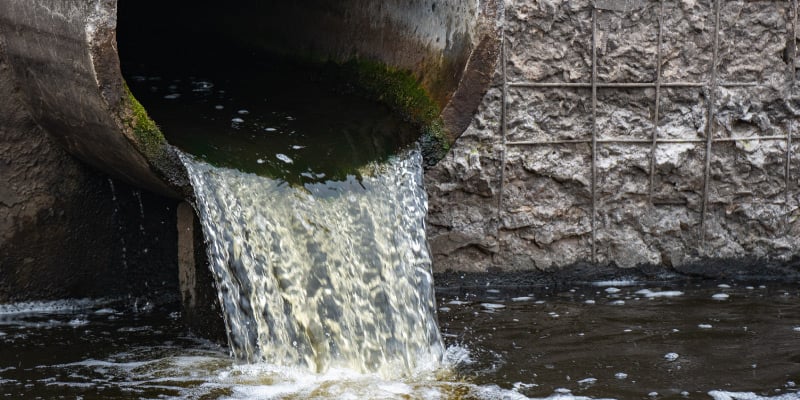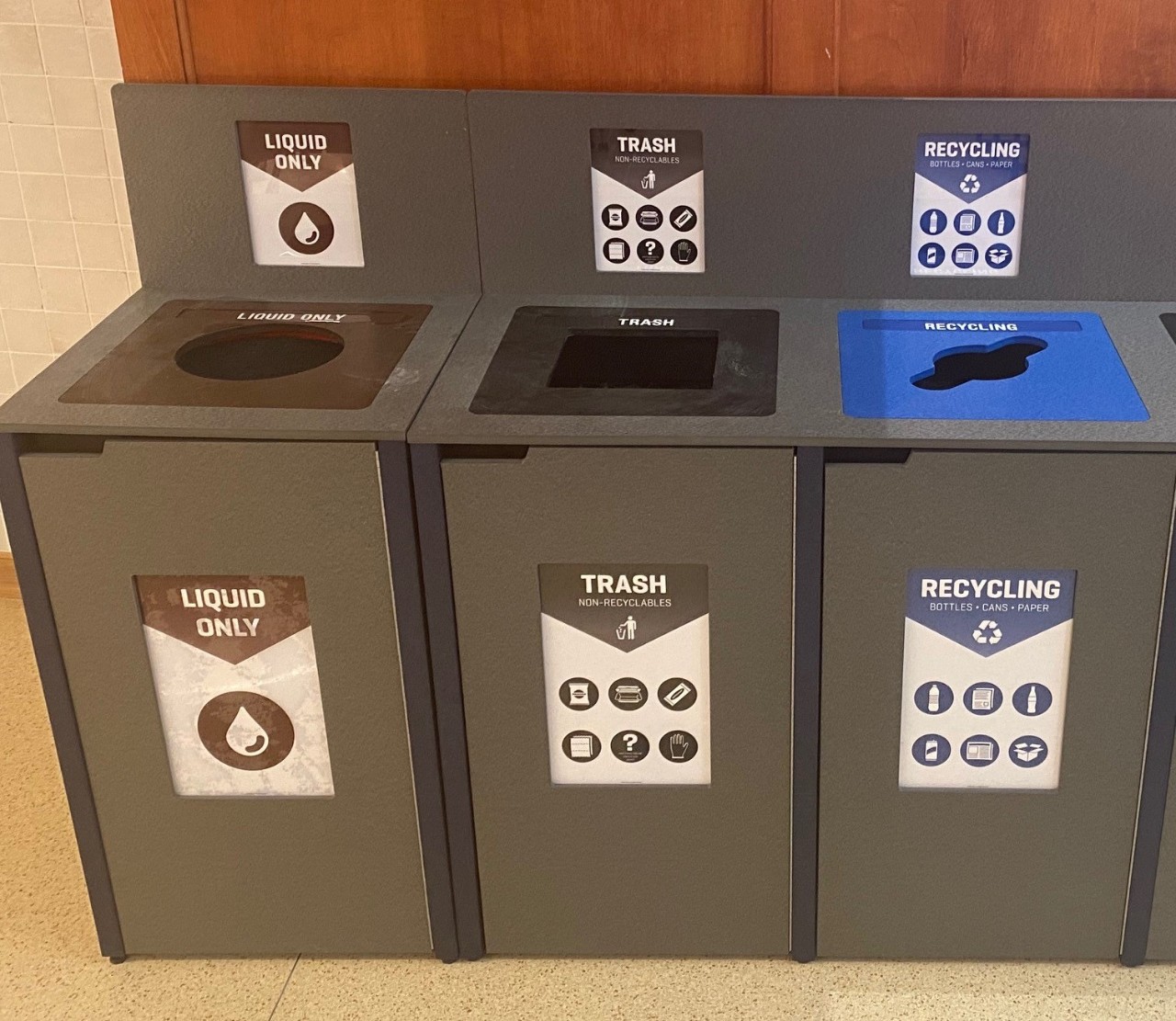Leading Liquid Waste Disposal Melbourne: Trusted Services for Appropriate Waste Monitoring
Leading Liquid Waste Disposal Melbourne: Trusted Services for Appropriate Waste Monitoring
Blog Article
Just How Fluid Garbage Disposal Works: A Comprehensive Introduction of Techniques and Technologies Utilized

Overview of Liquid Waste Types
The intricacy of fluid waste types necessitates a detailed understanding of their attributes and ramifications for disposal. Fluid waste can broadly be categorized right into several kinds, consisting of industrial, metropolitan, farming, and unsafe waste. Each category displays unique homes, needing certain administration methods to mitigate ecological and health and wellness threats.
Industrial fluid waste stems from manufacturing procedures and frequently has a range of contaminants, such as heavy steels, solvents, and organic substances. Local liquid waste, mainly comprising wastewater from households and commercial facilities, contains raw material, nutrients, and microorganisms (industrial wastewater treatment). Agricultural liquid waste, consisting of overflow from farms, may have fertilizers, chemicals, and animal waste, presenting threats to water top quality and communities
Unsafe liquid waste is defined by its poisoning, sensitivity, or possible to create harm. Comprehending these diverse liquid waste kinds is crucial for developing effective disposal techniques and ensuring conformity with ecological policies.
Physical Treatment Approaches

Screening is the initial step, where larger bits and particles are eliminated from the fluid waste making use of displays or grates. This process secures downstream tools from damage and ensures smoother procedure. Complying with testing, sedimentation utilizes gravitational pressure to different solids from fluids. In sedimentation storage tanks, heavier particles settle at the base, developing a sludge layer, while the cleared up liquid can be additional treated.
Filtering is an additional necessary approach that includes passing the liquid through porous products, such as sand or membranes, to capture smaller bits. This step boosts the top quality of the liquid, making it appropriate for subsequent therapy procedures.

Chemical Therapy Techniques
Chemical treatment techniques are necessary for successfully handling liquid waste, particularly in resolving dissolved and colloidal pollutants that physical techniques may not effectively eliminate. These techniques make use of different chemical agents to reduce the effects of, speed up, or transform unsafe compounds into much less dangerous kinds.
One usual approach is coagulation and flocculation, where chemicals such as alum or ferric chloride are contributed to promote the gathering of suspended fragments. This procedure enhances sedimentation, permitting for simpler removal of the resulting sludge. Additionally, oxidation procedures, using representatives like chlorine or ozone, are used to break down complicated organic compounds and microorganisms, providing the waste much safer for discharge or additional treatment.
Neutralization is an additional essential method, which readjusts the pH of acidic or alkaline waste streams to neutral degrees, preventing prospective harm to downstream systems and the environment. Furthermore, advanced oxidation procedures (AOPs) utilize combinations of oxidants and ultraviolet light to degrade consistent toxins, accomplishing a higher level of therapy efficiency.
Biological Therapy Processes
Biological treatment processes play an important role in the administration of liquid waste by making use of bacteria to disintegrate raw material and decrease impurity levels. These processes can be extensively categorized into cardio and anaerobic therapies, each employing particular microbial areas to attain reliable waste destruction.
Aerobic therapy entails using oxygen to promote the failure of natural materials by bacteria. This process is frequently applied in activated sludge systems, where aeration containers provide a favorable setting for microbial development, causing the oxidation of natural pollutants. liquid waste disposal The resultant biomass can be divided from treated effluent with sedimentation.
On the other hand, anaerobic treatment takes place in the lack of oxygen, depending on different microorganisms to break down organic issue. This approach is especially helpful for high-strength waste, as it produces biogas, a renewable resource source, while minimizing sludge production. Technologies such as anaerobic digesters are frequently utilized in metropolitan and industrial applications.
Both cardiovascular and anaerobic organic treatments not just reduce the environmental effect of liquid waste however also assist in resource recovery, making them important components of lasting waste monitoring methods. Their effectiveness, flexibility, and efficiency support their widespread execution across different markets.
Arising Technologies in Disposal
Ingenious strategies to liquid waste disposal are quickly advancing, driven by innovations in innovation and a raising focus on sustainability. Amongst these emerging modern technologies, membrane bioreactors (MBRs) have actually gained grip for their capability to incorporate biological treatment with membrane layer filtering, resulting in high-quality effluent that can be reused in numerous applications. MBRs make it possible for smaller impacts and extra effective procedures contrasted to conventional systems.
Another promising development is making use of anaerobic food digestion combined with nutrient healing modern technologies, which not only treats liquid waste but also generates biogas and recovers valuable nutrients like nitrogen and phosphorus. This double advantage improves resource performance and lowers ecological impact.
Additionally, advanced oxidation procedures (AOPs) are being taken on for the destruction of intricate natural pollutants. These methods use effective oxidants and drivers to break down pollutants at the molecular level, providing a highly effective solution for tough waste streams.
In addition, the integration of man-made intelligence and machine learning in waste management systems is maximizing operational effectiveness and anticipating maintenance, leading to reduced prices and boosted ecological conformity. These innovations reflect a substantial shift in the direction of even more efficient and sustainable liquid garbage disposal practices.
Verdict
To conclude, effective liquid garbage disposal demands an extensive understanding of various techniques and innovations. The combination of physical, chemical, and organic treatment techniques guarantees the efficient administration of varied waste types. Additionally, the introduction of innovative innovations boosts therapy efficiency and promotes sustainability in waste monitoring techniques. By continually progressing these approaches, it ends up being feasible to deal with the growing difficulties connected with fluid waste, inevitably adding to environmental protection and resource recuperation.
Liquid waste disposal is a crucial facet of ecological management, needing an extensive understanding of numerous techniques and technologies customized to different waste types. Liquid waste can extensively be classified into a number of kinds, consisting of industrial, community, farming, and dangerous waste. Agricultural liquid waste, including runoff from ranches, may have fertilizers, chemicals, and animal waste, presenting dangers to water quality and ecological communities.
Different physical therapy methods play a critical duty in handling liquid waste effectively - industrial wastewater treatment.In final thought, reliable fluid waste disposal demands an extensive understanding of different techniques and innovations
Report this page